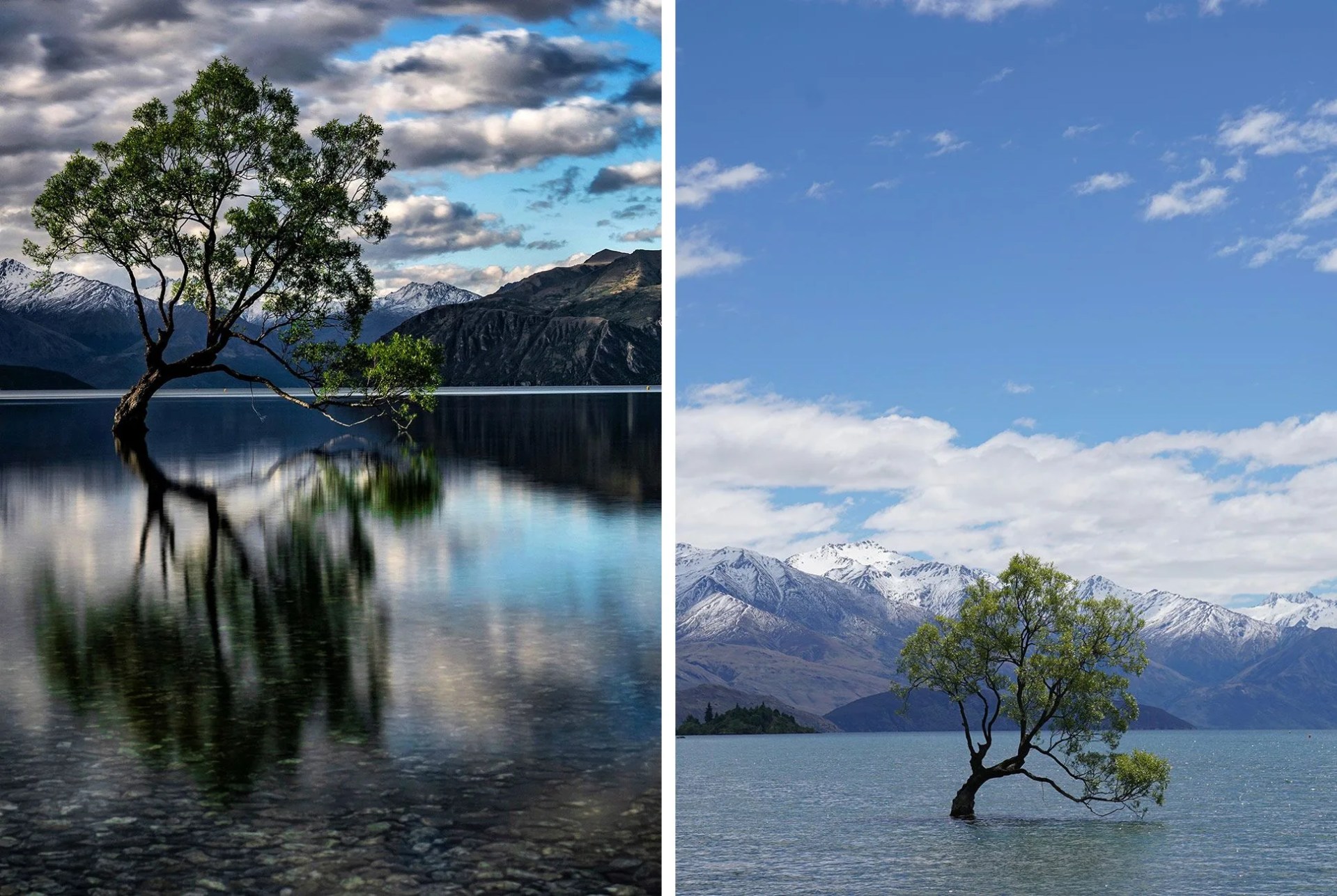With every new camera and smartphone thrust onto the market, our collective potential to be amazing photographers kicks up a notch. Sensors can produce exquisitely rich and detailed images, there’s a fantastic lens for every application imaginable and cameras come ready for everything from sports to portraits to landscapes. In fact, at this point your only excuse for being a lousy photographer is… you.
So what about the photography itself? Is all that gear adding up to better images? For many, yes — capable equipment allows them to stretch creativity to new limits. But others still struggle with the art and craft of photography. Some don’t naturally have a good eye, while others just haven’t sat down and really thought much about what they’re doing or how to be better.
They can do it, though. One of the most important things people can do to improve their shooting is to learn to think like a professional photographer. How? Start with grasping a few distinctions about gear and the act of shooting that pros know on an instinctive level. Below are a few guiding lights developed both in my own practice and from studying the work of vastly more experienced shooters.
Rule #1: There are snapshots and there are photographs
If you see a remarkable scene before you, what do you do? Reach for your phone or camera and take a picture? Sure, but how many do you take? And from how many different perspectives? What settings do you use? How do you compose the photo? What do you place in the foreground and background? What angle do you shoot from — high, low, left, right?
A single photo taken at eye level without considering the multitude of alternative options is a snapshot. When you weigh all the possibilities and make active decisions about composition and exposure, you have a much better chance of creating a true photograph: something that reflects actual intent and even makes a statement or achieves something special. Can a snapshot be a photograph? Absolutely — sometimes through luck and sometimes purely by virtue of the fact that you have a good eye, and instinctively captured the best composition possible in a given scenario. But the best photos have a degree of thought and intent behind them. It’s the reason why 10,000 people may post photos from the Olympics but only a handful are truly great photos.


